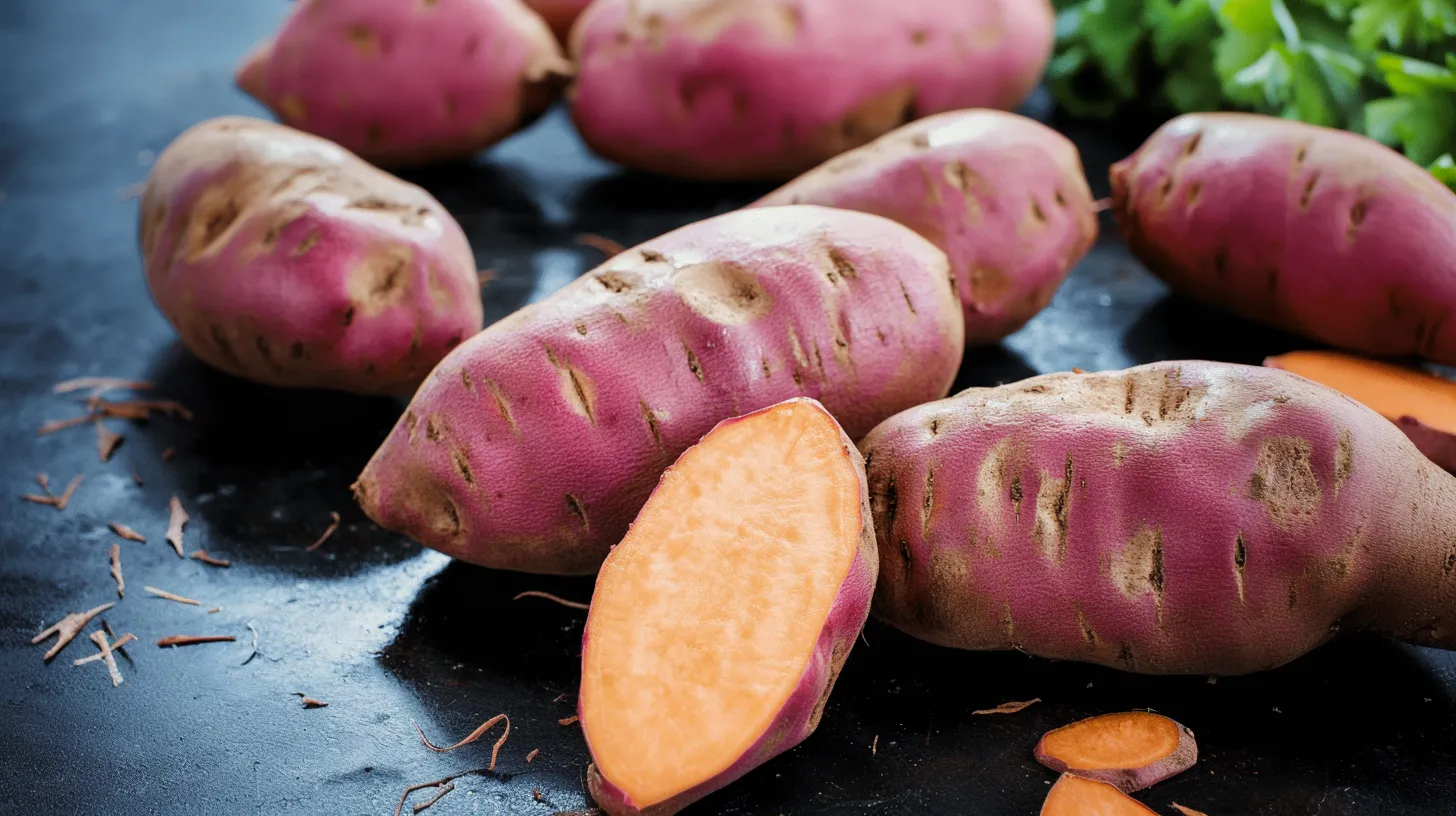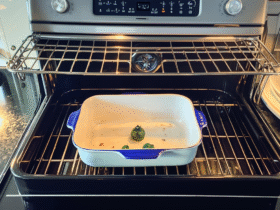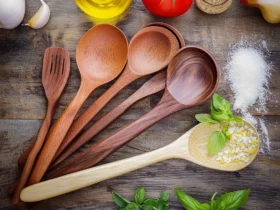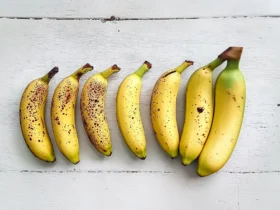Sweet potatoes are a nutritious and versatile root vegetable, rich in fiber. Whether you buy them in bulk, harvest them from your garden, or simply want to reduce food waste, learning how to store sweet potatoes properly is essential. With the right techniques, you can extend their shelf life for months while preserving their sweetness and natural texture.
We’ll explain the best ways to store sweet potatoes, how to freeze them for future use, and tips to avoid common storage mistakes.
The Importance of Proper Storage:
Unlike regular potatoes, sweet potatoes are sensitive to cold temperatures and humidity. Improper storage can cause them to spoil, sprout, or develop a mushy texture. The goal is to maintain a cool, dry, and dark environment—ideal for slowing respiration and preventing mold.
1- How to Store Sweet Potatoes (Room Temperature)
Best for: Uncooked, uncut sweet potatoes
Never refrigerate raw sweet potatoes. Low temperatures can cause the flesh to harden and develop an unpleasant taste.
Follow these steps:
Store in a cool, dry, and dark place—such as a pantry, cupboard, or cellar.
Ideal temperature range: 13–16°C (55–60°F).
Use a breathable container: a paper bag, basket, or cardboard box with ventilation.
Keep away from onions, garlic, or apples—these release ethylene gas, which can accelerate ripening and spoilage.
Shelf life: Up to 1–2 months when stored properly.
Tip: Check your sweet potatoes weekly. Remove any that show signs of soft spots or mold to prevent the spread of the problem.
2- How to Freeze Sweet Potatoes (for Long-Term Storage)
Best used with: cooked, mashed, diced, or pureed sweet potatoes.
Freezing is one of the most effective ways to preserve sweet potatoes for up to a year. Raw sweet potatoes don’t freeze well due to their high water content; they become mushy when thawed.
Steps for Freezing Sweet Potatoes:
Wash and peel the sweet potatoes thoroughly.
Cool them completely at room temperature.
Mash or dice them as desired.
Remove as much air as you can before putting them in freezer-safe bags or airtight containers.
Label the package with the date and freeze.
3- Canning and Drying: Advanced Preservation Methods
If you want to try more than just refrigeration and freezing, consider canning or drying your sweet potatoes.
Canning: Pressure canning is the only safe way to preserve sweet potatoes at home. Follow USDA guidelines to avoid the risk of food poisoning.
Drying: Slice sweet potatoes into thin strips (1/8 inch thick), then boil for 5 minutes, and dry at 135°F for 8-12 hours. Store in airtight, vacuum-sealed jars for up to 6-12 months. Perfect for snacks or rehydrating stews.











